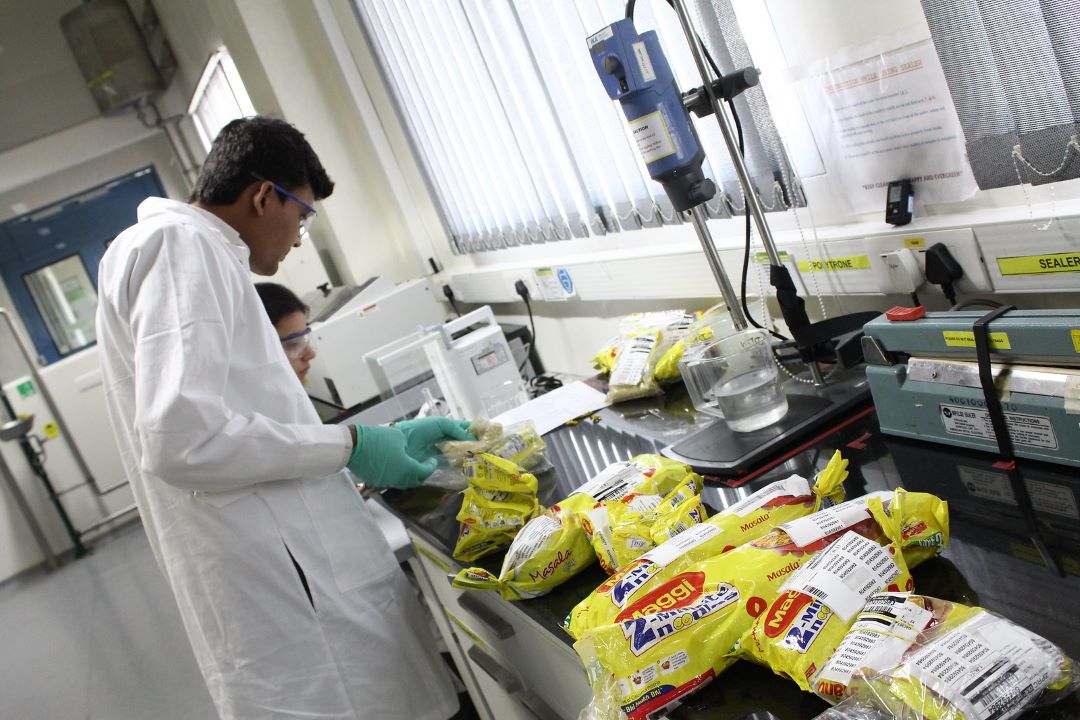Nestle India Ltd reported a slight decline of 0.94% in net profit for the second quarter ending in September 2024, with profits reaching ₹899.49 crore, down from ₹908.08 crore in the same period last year. This dip was driven by softer consumer demand and rising commodity costs, particularly for coffee and cocoa.
Despite the profit decline, Nestle India’s revenue from product sales grew by 1.3%, totaling ₹5,074.76 crore compared to ₹5,009.52 crore in the previous year. Domestic sales also saw a modest rise of 1.23%, reaching ₹4,883.14 crore.
Suresh Narayanan, Chairman and Managing Director, acknowledged the challenging environment but noted that five of the company’s top 12 brands posted double-digit growth. However, some key brands faced pressure from weaker demand. The company remains focused on addressing these challenges through targeted action plans.
Growth in domestic markets was supported by organized trade, driven by increased demand for noodles, beverages, and premium products. The Out-of-Home (OOH) segment also recorded robust growth, fueled by portfolio transformation, premiumization, and expanding customer reach.
E-commerce was another bright spot, growing nearly 38% and contributing 8.3% of domestic sales. Brands like KitKat, Nescafe, Maggi, and Milkmaid were the primary drivers of this surge. The company’s pet care business, including Purina, also experienced strong momentum, especially in online channels.
Nestle’s export revenue rose 3.13% to ₹191.62 crore, with new products being introduced in markets like Canada, the Middle East, Maldives, and Papua New Guinea. Total revenue, including operating income, grew 1.33% to ₹5,104 crore.
The company has increased its investments in advertising and marketing, focusing on core brands while driving digital capabilities and media efficiency. Despite higher expenses, which rose 3.42% to ₹4,090.09 crore, Nestle continues to prioritize innovation, launching over 145 new products in the past eight years, contributing to 7% of sales. Looking ahead, Nestle India remains cautious due to elevated commodity prices, particularly for coffee, cocoa, cereals, and edible oils, though milk prices and packaging costs have stabilized.








